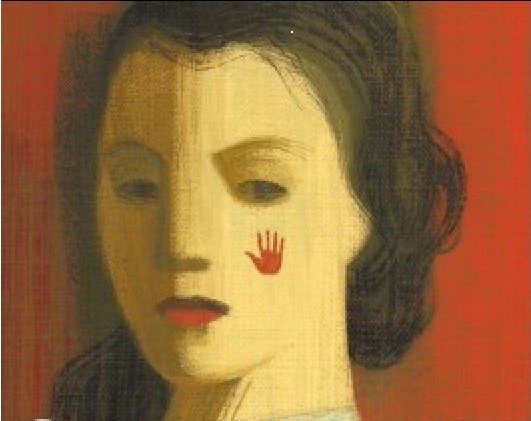
Introduction
Nathaniel Hawthorne, a renowned American author of the 19th century, was known for his insightful exploration of human nature and the dark recesses of the human mind. One of his most thought-provoking works is the short story “The Birthmark.” In this tale, Hawthorne delves into the complex themes of perfection, beauty, and the inherent flaws of humanity. With its intricate symbolism and haunting narrative, ‘The Birthmark’ continues to captivate readers and offer profound insights into the human condition.
I. A Flaw in Perfection
In ‘The Birthmark,’ Hawthorne introduces readers to Aylmer, a brilliant scientist, and his beautiful wife, Georgiana. Aylmer becomes obsessed with a small birthmark on Georgiana’s cheek, which he sees as a symbol of imperfection in an otherwise flawless being. This initial conflict sets the stage for a deeper exploration of the human desire for perfection and the consequences that arise from it.
II. The Symbolism of the Birthmark
The birthmark, shaped like a tiny hand on Georgiana’s cheek, serves as a powerful symbol throughout the story. It represents both Georgiana’s mortality and her individuality. While Aylmer views the birthmark as a blemish to be eradicated, it also symbolizes her humanity and uniqueness. Hawthorne skillfully uses this symbol to highlight the paradoxical nature of human existence, where flaws and imperfections coexist with beauty and individuality.
III. The Pursuit of Perfection
Aylmer’s relentless pursuit of perfection becomes the driving force of the narrative. He devises a scientific experiment to remove the birthmark, believing that this act will render Georgiana perfect and flawless. However, in his quest for physical perfection, Aylmer fails to appreciate the true essence of his wife and the inherent dangers of tampering with nature.
IV. The Danger of Obsession
Hawthorne delves into the dangers of obsession through Aylmer’s character. The scientist becomes so consumed by his desire to remove the birthmark that he neglects his wife’s emotional well-being and the potential consequences of his experiment. This exploration of obsession serves as a cautionary tale, reminding readers of the destructive power that unchecked desires can wield.
V. The Irony of Perfection
As Aylmer succeeds in removing the birthmark, Georgiana’s physical appearance improves, but her health begins to decline rapidly. This irony exposes the fundamental flaw in Aylmer’s pursuit of perfection: the sacrifice of something essential in the pursuit of an unattainable ideal. Hawthorne highlights the inherent imperfections and limitations of human existence, suggesting that true beauty lies in embracing our flaws rather than attempting to eradicate them.
VI. The Fragility of Human Nature
Georgiana’s death following the removal of the birthmark serves as a poignant reminder of the fragility of human nature. Hawthorne suggests that our imperfections and mortality are integral parts of what it means to be human. By attempting to eradicate these aspects, Aylmer disrupts the delicate balance of nature and ultimately pays a heavy price.
Conclusion
‘The Birthmark’ by Nathaniel Hawthorne is a profound exploration of the human desire for perfection and the dangers associated with it. Through symbolism and a haunting narrative, Hawthorne delves into the complexities of human nature, exposing the flaws and limitations that make us inherently human. The story serves as a reminder that true beauty lies not in the absence of flaws but in the acceptance of our imperfections. It continues to resonate with readers, urging them to reflect on their own pursuit of perfection and the consequences it may bring.
